With an endless stream of books available to choose from, it’s often difficult to decide which text will prove most fruitful.
Is there one book that has all the answers – a book that confronts all elements of forex trading? To knowledge, covering each aspect in detail is beyond the scope of one book, and logically impractical. The skillset is just far too extensive.
To become a successful trader, or successful in any profession for that matter, obtaining proper knowledge is essential. To help, the team at IC Markets pulled together and listed five books, each offering unique guidance from industry leaders and experienced traders on vital topics.
‘Trading in the Zone’ by Mark Douglas (2000)
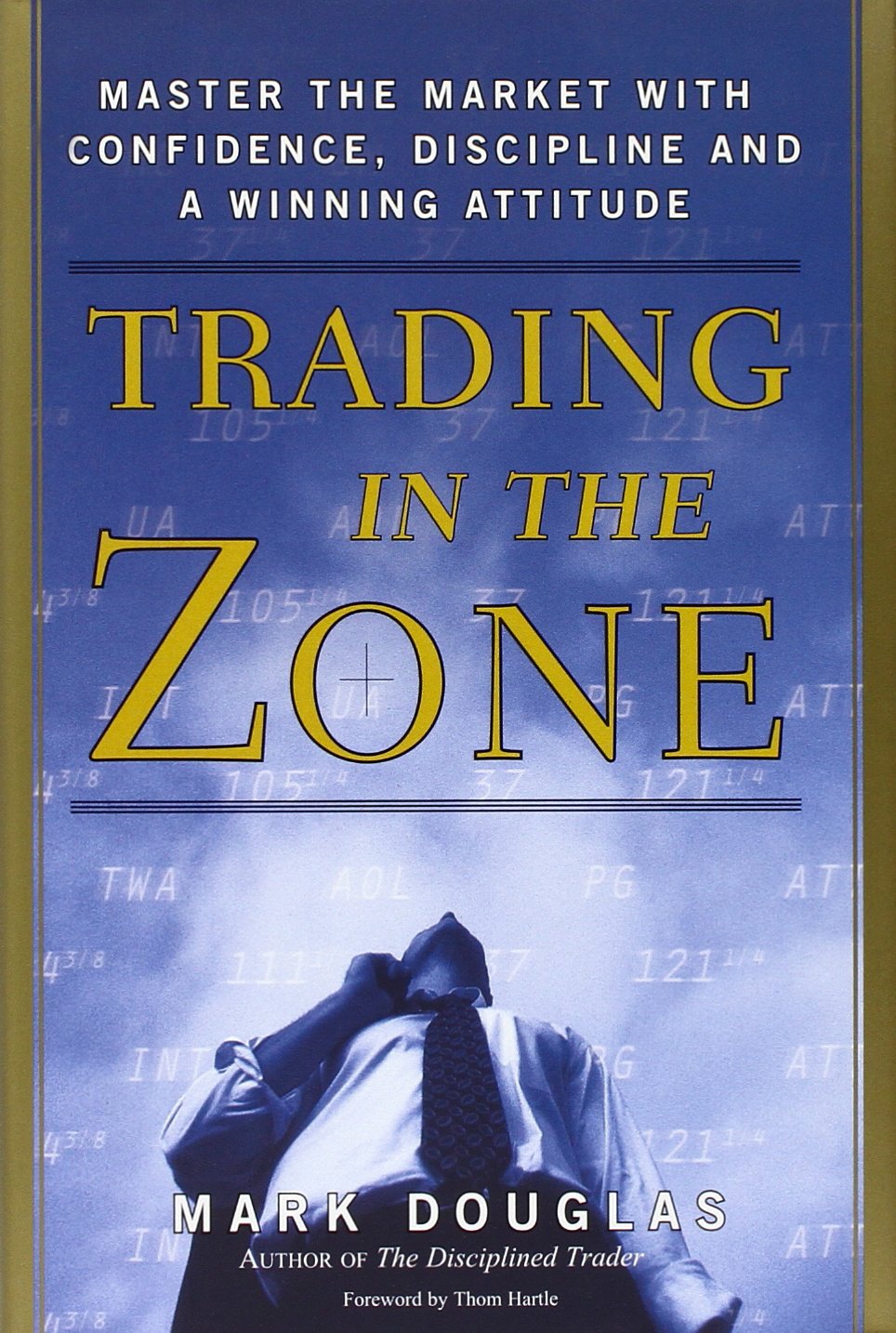 The importance of trading psychology is unfortunately often overlooked. Many traders erroneously believe developing solid trading strategies is all that’s required to profit. While a well-rounded methodology is necessary, learning to control the psychological impact is equally as important.
The importance of trading psychology is unfortunately often overlooked. Many traders erroneously believe developing solid trading strategies is all that’s required to profit. While a well-rounded methodology is necessary, learning to control the psychological impact is equally as important.
Why is psychology such an important aspect in trading? If you’re incapable of regulating your mind/thoughts whilst operating in the market, regardless of the trading strategy’s success rate, the odds of becoming successful over the long term is exceedingly low.
Among the most respected in this field is Mark Douglas, notable for his work in Trading in the Zone. Sadly, Douglas passed away in 2015, though his work continues to inspire traders around the world.
The book is relevant to anyone embarking upon, or intent on maintaining, a successful career in the role of a trader. The author describes various flaws in thinking which can work against a trader, causing him/her to act in a manner at odds with the overall objective: consistent profitability.
Key quotes:
- ‘Anything can happen’.
- ‘You don’t need to know what is going to happen next in order to make money’.
- ‘There is a random distribution between wins and losses for any given set of variables that define an edge’.
- ‘An edge is nothing more than an indication of a higher probability of one thing happening over another’.
- ‘Every moment in the market is unique’.
Widely regarded as a classic in trading literature, this really is a must-read.
‘FOREX TRADING: The Basics Explained in Simple Terms’ by Jim Brown (2015)
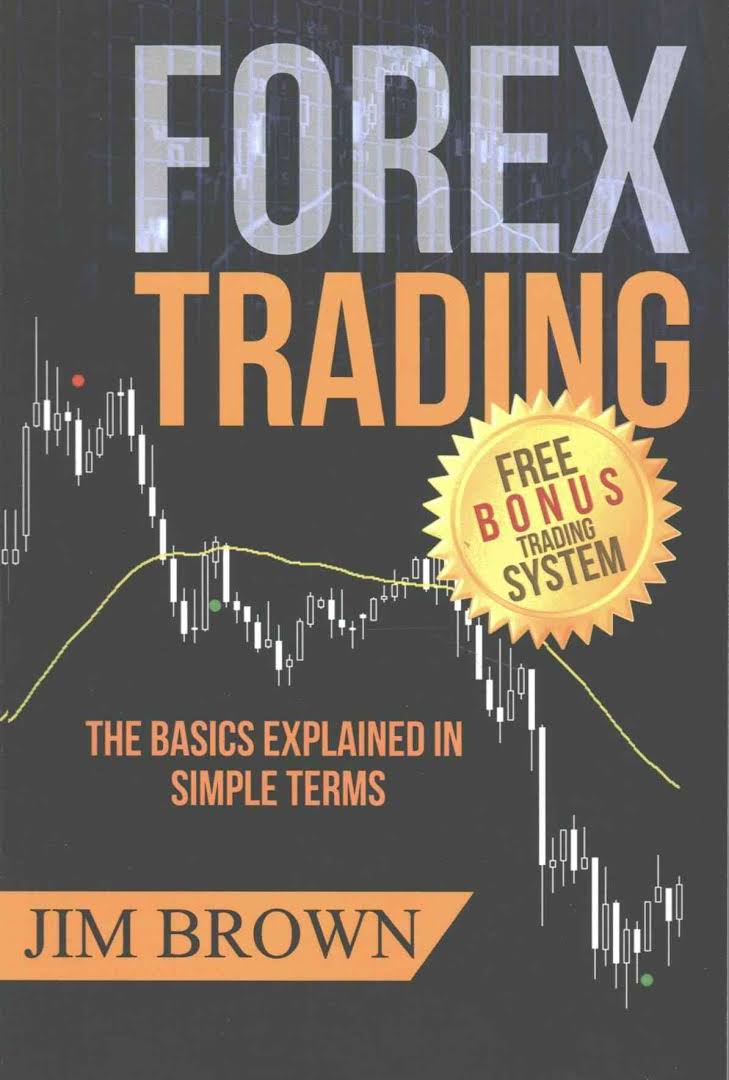 Despite being only 72 pages in length, Jim Brown covers crucial concepts in a direct and easy-to-understand manner. Brown’s knowledge of currency trading extends over a 14 year period and has evolved from old-fashioned manual charting when he first started in 2002, to trading on multiple screens and entering the arena of automated trading. During this time, he has developed and shared many trading systems for free, and assisted many new traders through various blogs and forum participation.
Despite being only 72 pages in length, Jim Brown covers crucial concepts in a direct and easy-to-understand manner. Brown’s knowledge of currency trading extends over a 14 year period and has evolved from old-fashioned manual charting when he first started in 2002, to trading on multiple screens and entering the arena of automated trading. During this time, he has developed and shared many trading systems for free, and assisted many new traders through various blogs and forum participation.
This book is an ideal read for folks just beginning their forex trading journey but do not know where to start. Brown lays focus on a number of key concepts, including, but not limited to, an explanation of what forex is and its advantages, order types, trading psychology, technical and fundamental analysis and risk/reward ratio types. As an added Bonus, Brown also offers one of his trading systems at the end of the book.
‘Japanese Candlestick Charting Techniques’ by Steve Nison (2001)
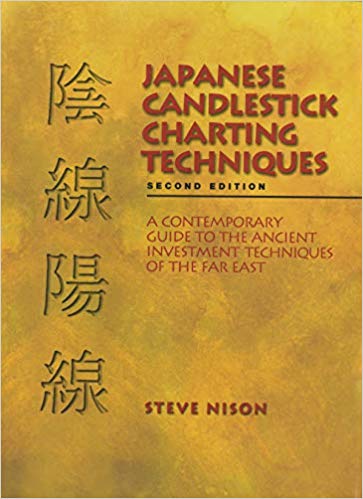 In December 1989, Steve Nison – author of Japanese Candlestick Charting Techniques and known worldwide as the father of modern candlestick charting – wrote an introductory article on Japanese candlesticks. It turned out he was one of the few Americans familiar with this centuries-old Japanese technique. Since then, Japanese candlestick patterns have become a staple in many trading plans throughout the western world.
In December 1989, Steve Nison – author of Japanese Candlestick Charting Techniques and known worldwide as the father of modern candlestick charting – wrote an introductory article on Japanese candlesticks. It turned out he was one of the few Americans familiar with this centuries-old Japanese technique. Since then, Japanese candlestick patterns have become a staple in many trading plans throughout the western world.
Japanese candlesticks continue to offer an effective way of forecasting short and long-term market direction, and remain an integral element of technical analysis. Used extensively throughout the trading community, each candle delivers a valuable story. Candlestick patterns are ultimately a by-product of human action. Having the ability to interpret these actions on a chart by means of candlestick patterns offers an invaluable trading edge.
Many consider Japanese Candlestick Charting Techniques to be the bible of understanding and using candle charts. In addition to this book, Nison’s work has been highlighted in the Wall Street Journal, Barron’s, Institutional Investor and many other publications around the world, as well as appearing numerous times on CNBC. He is also a highly sought-after speaker who has presented his techniques to thousands, including members of the World Bank and the Federal Reserve.
Japanese Candlestick Charting Techniques provides an in-depth education on Japanese candlestick charts in a comprehensive, well-written and understandable format. The book also discusses how candlestick charts are used in conjunction with other technical tools to aid in improving technical market analysis. As a result, Nison’s book is perfect for traders seeking a better understanding of candlestick psychology and structure.
‘Technical Analysis of the Financial Markets’ by John J. Murphy (1999)
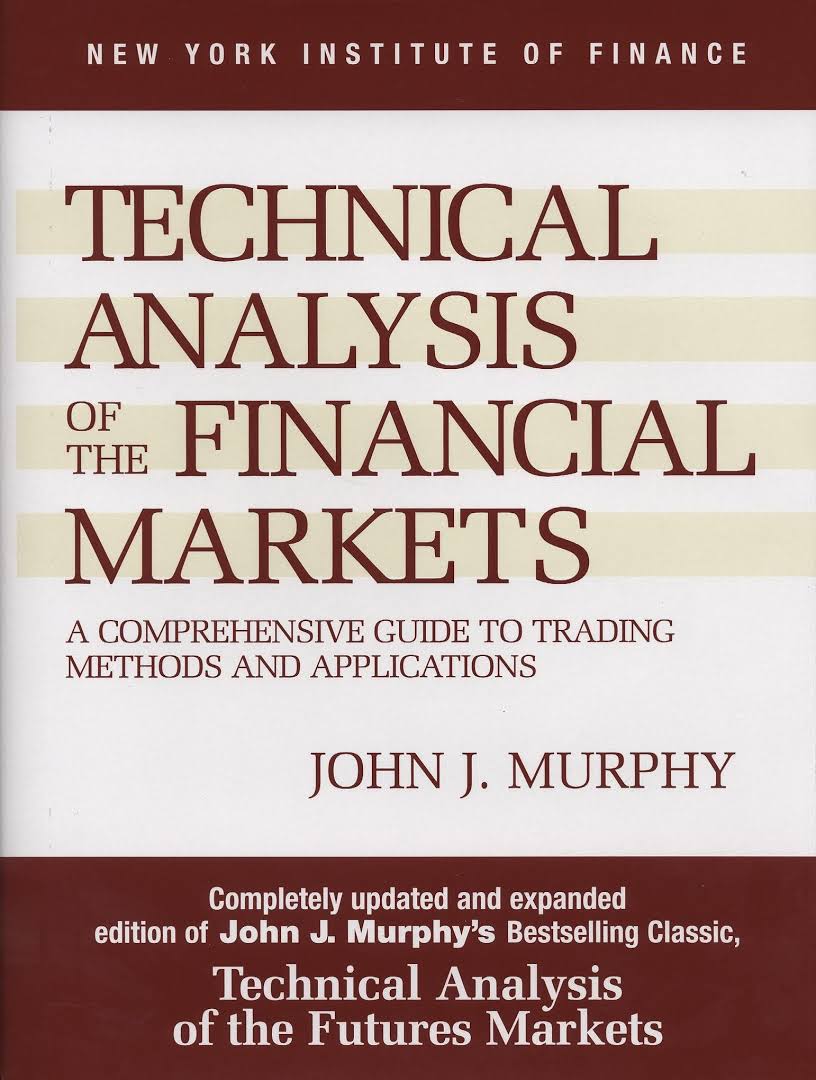 John J. Murphy is a former technical analyst for CNBC and has over forty years of market experience. His book: Technical Analysis of the Financial Markets is considered a classic among market technicians.
John J. Murphy is a former technical analyst for CNBC and has over forty years of market experience. His book: Technical Analysis of the Financial Markets is considered a classic among market technicians.
Over 500 pages in length, it’s well written and easy to absorb. Murphy’s basic concepts are timeless and offer a suitable follow-on read from FOREX TRADING: The Basics Explained in Simple Terms’ by Jim Brown.
‘Major Reversal Patterns’ and ‘Continuation Patterns’ are a key component of the book. He also covers technical indicators, including the Relative Strength Index, or ‘RSI’ and the Moving Average Convergence Divergence, or ‘MACD’.
In addition to the above, another focal point of the book falls under ‘Money Management and Trading Tactics’ and inter-market analysis. Although not a large section of the book, a number of key aspects related to money management are presented here, offering a solid foundation for further reading on the subject. Inter-market analysis is often a confusing subject for many traders. This book provides a good introduction to the way the markets intertwine with one another.
‘How to Start a Trading Business with $500’ by Heikin Ashi Trader (2015)
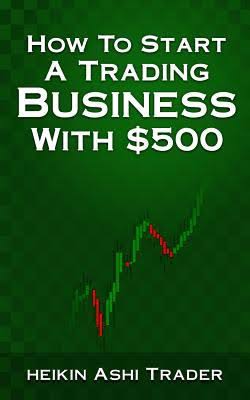 As many forex traders begin with reasonably small trading accounts, this is a must-have piece.
As many forex traders begin with reasonably small trading accounts, this is a must-have piece.
Despite the title, the book is not a guide on how to grow a $500 trading account into $500,000. It is precisely these exaggerated returns that cause traders to overleverage accounts and ultimately throw in the towel.
In under 100 pages, the author, who has more than 15 years of experience in day trading futures and foreign exchange, shows how you can become a full-time trader in spite of limited start-up capital.
Despite the author’s pen name, the book does not teach trading methods using Heiken Ashi candles. Instead, the author offers a down-to-earth explanation of the discipline and patience required to be successful in the markets. The main message many traders receive from this book is the need to learn to trade before concerning yourself with making money. Most beginners will have exaggerated ideas on how returns can be achieved in the market. The book helps traders take a step back, ultimately avoiding the pitfalls so many fall victim to.
Final thoughts
Although not an exhaustive list, the five books presented here are worthy reads for any aspiring forex trader.
Other worthwhile trading books worth considering are:
- How to Make a Living Trading Foreign Exchange by Courtney Smith.
- Currency Trading For Dummies by Kathleen Brooks and Brian Dolan.
- Forex For Beginners by Anna Coulling.
- Day Trading the Currency Market by Kathy Lien.




